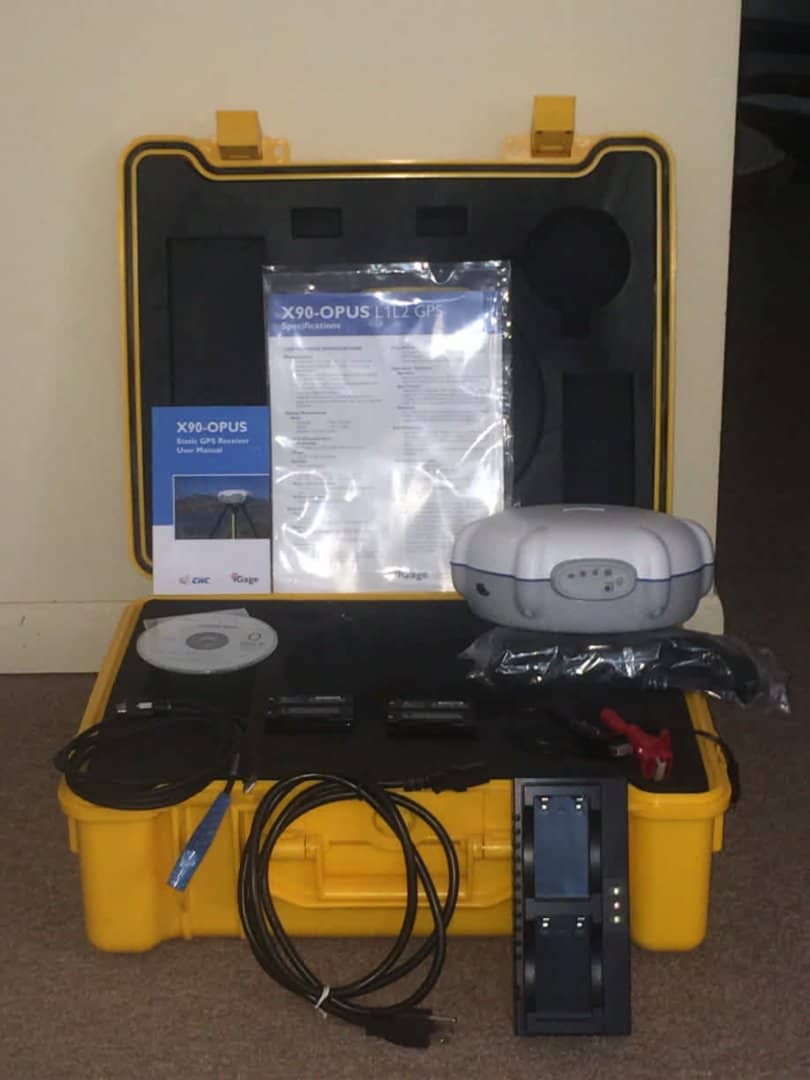That's a nice writeup, and I've saved it for reference. What I was wondering, though, was whether or not Steve had managed to automate the process without going to a high-end application. I can envision -- in concept, anyway -- a low-cost if kludgy collection of scripts and chron jobs that might work with a networked receiver, but I guess even that won't work on a typical field unit.
I'd sure love to know how PBO or CRTN (or whomever actually does it) automate the collection and processing of their data, not just to archive it, but also to build those nice E/N/U movement over time graphs and such. I'd like to do the same thing with my own base in my backyard and have it be automatic rather than manual.
Oh, you want the OPUS Borg... 🙂 (Not the OPUS Accumulator)
We do use a series of scripts on our CORS sites. They log hourly files into the standard directly structures. Then we run batch files that TEQC the hourly files into daily files, then we run another script that ZIPs 10 daily (24-hour) files into a single ZIP file, then we submit those 10-day compilations to OPUS with a dedicated email address. We get bundles of OPUS solutions back which get sorted into folders, Then we use the OPUS accumulator to build spreadsheets and plot dX dY and dZ. Actually, usually all I care about are the ranges and the skewness / kurtosis. With the ellipsoid elevation range being the best single indicator of doom.
I know of a few people (again, I won't out them) who are submitting tens, perhaps hundreds, of thousands of daily files every quarter doing network QC. I always blame them when I have to wait more than 30 seconds for an OPUS solution.
This said, the absolute best way to get world class monitoring on your CORS site is to add it to the NGS CORS network. (Assuming it is not redundant and is of sufficient quality.) Then you get the nice short term plots and availability graphs with virtually no effort.
Bushwhacker, post: 353210, member: 10727 wrote: This Unit was only used on 1 project. It has only collected about 12 points. The CHC X90 is a static unit and uses OPUS to do the Post Processing. This includes the Unit, cables, charger and download software. $1500.00 . Reason for selling we have up graded to the CHC X91 RTK system
Bushwacker -- Looks like my project is back on that I need one of these for (Finally!). Any chance you still have it for sale?
Thanks
Daniel
Daniel Boone, post: 407487, member: 12081 wrote: Bushwacker -- Looks like my project is back on that I need one of these for (Finally!). Any chance you still have it for sale?
Thanks
Daniel
Yes I still have it if you are interested give me a call at 903-930-8048
Bushwhacker, post: 353210, member: 10727 wrote: This Unit was only used on 1 project. It has only collected about 12 points. The CHC X90 is a static unit and uses OPUS to do the Post Processing. This includes the Unit, cables, charger and download software. $1500.00 . Reason for selling we have up graded to the CHC X91 RTK system
Price reduced to $1000.00
Mark's write up for handling large files is good but one word of warning, Don't let it go for too long. I collected 59 days of data once and it took several tries to get it to convert to RINEX. I have a batch file that I run to split the file up into day files. Now I am suing 12 hour files and just had to change 3 characters in my batch file to make that change. The first time I tried to convert the monster file, I had several windows opened and ran out of memory. I few days later, I tried it again after a restart is it converted it. Rather than downloading the receiver onsite, I just swap it for another one. I use the Heavy Duty Power Cable, a deep cycle battery with a 10 amp marine charger that is hooked to some lights on a timer. This keeps it cooking all the time. I have another point that I am going to try a solar charger on to keep the battery charged.
Mark has a new tool that really makes dealing with multiple files a no brainer. I am sure that when he is through testing, he will be posting about it here.
Steve Corley, post: 412691, member: 23 wrote: that is hooked to some lights on a timer
What are the lights for?




